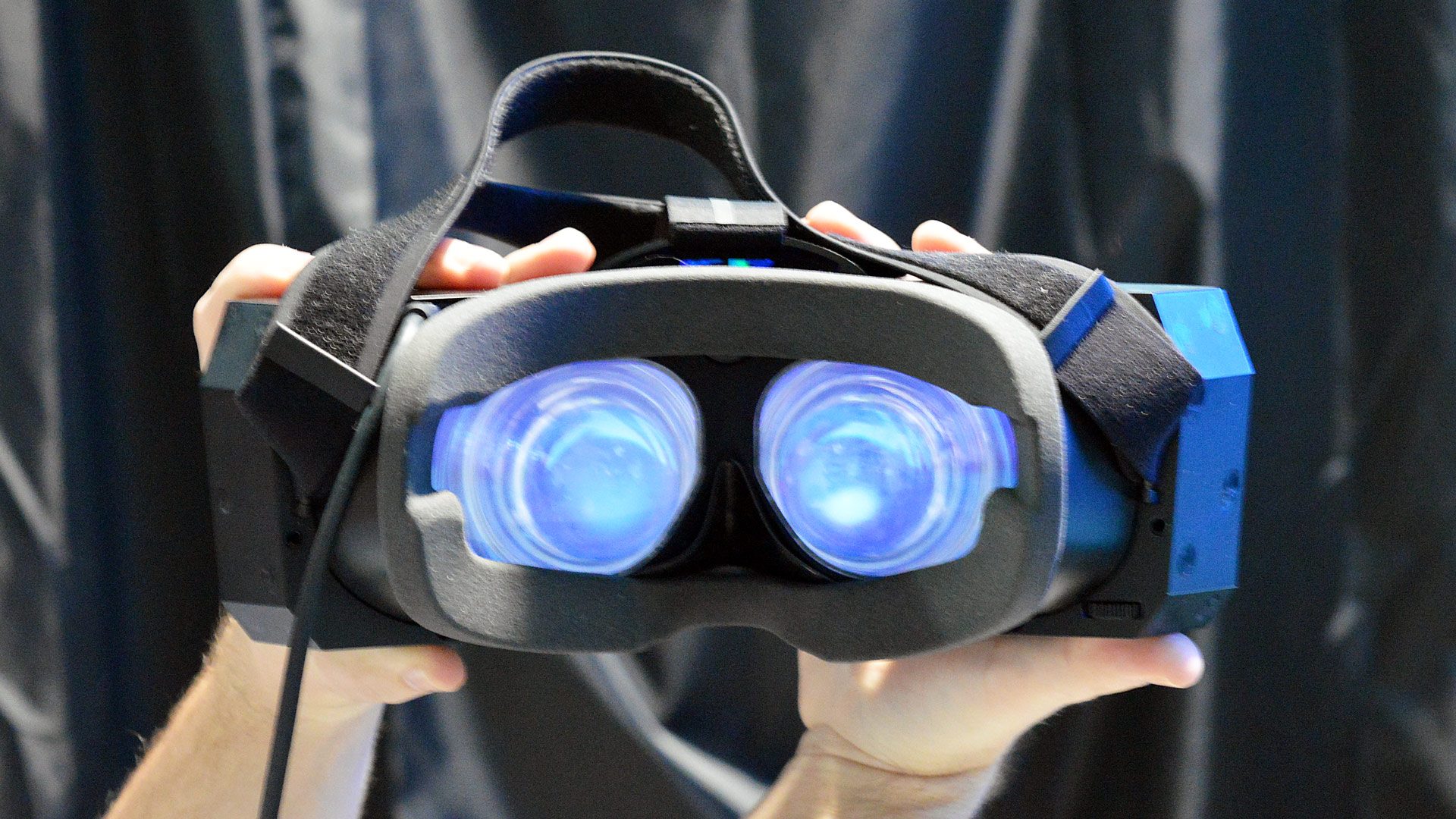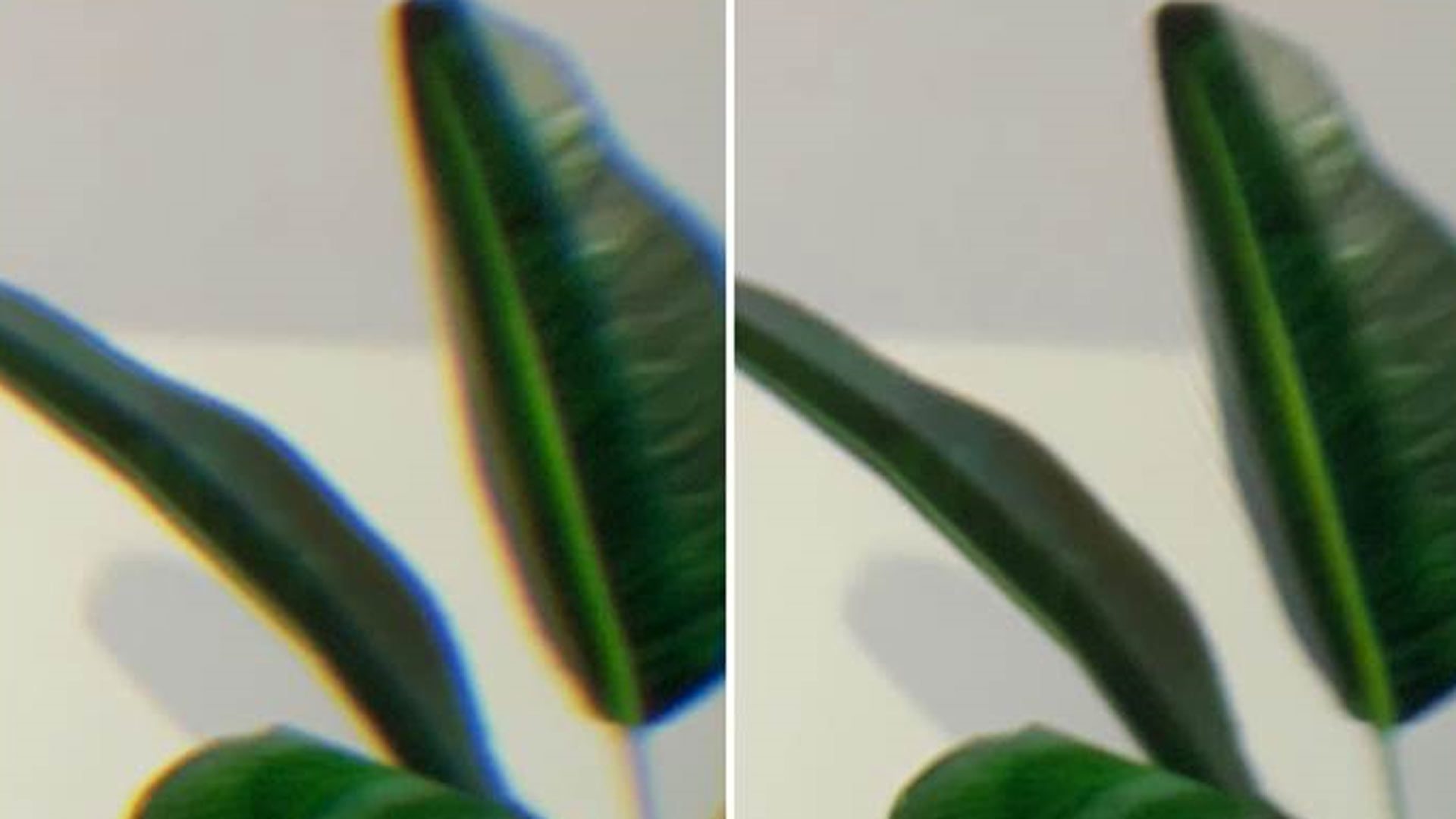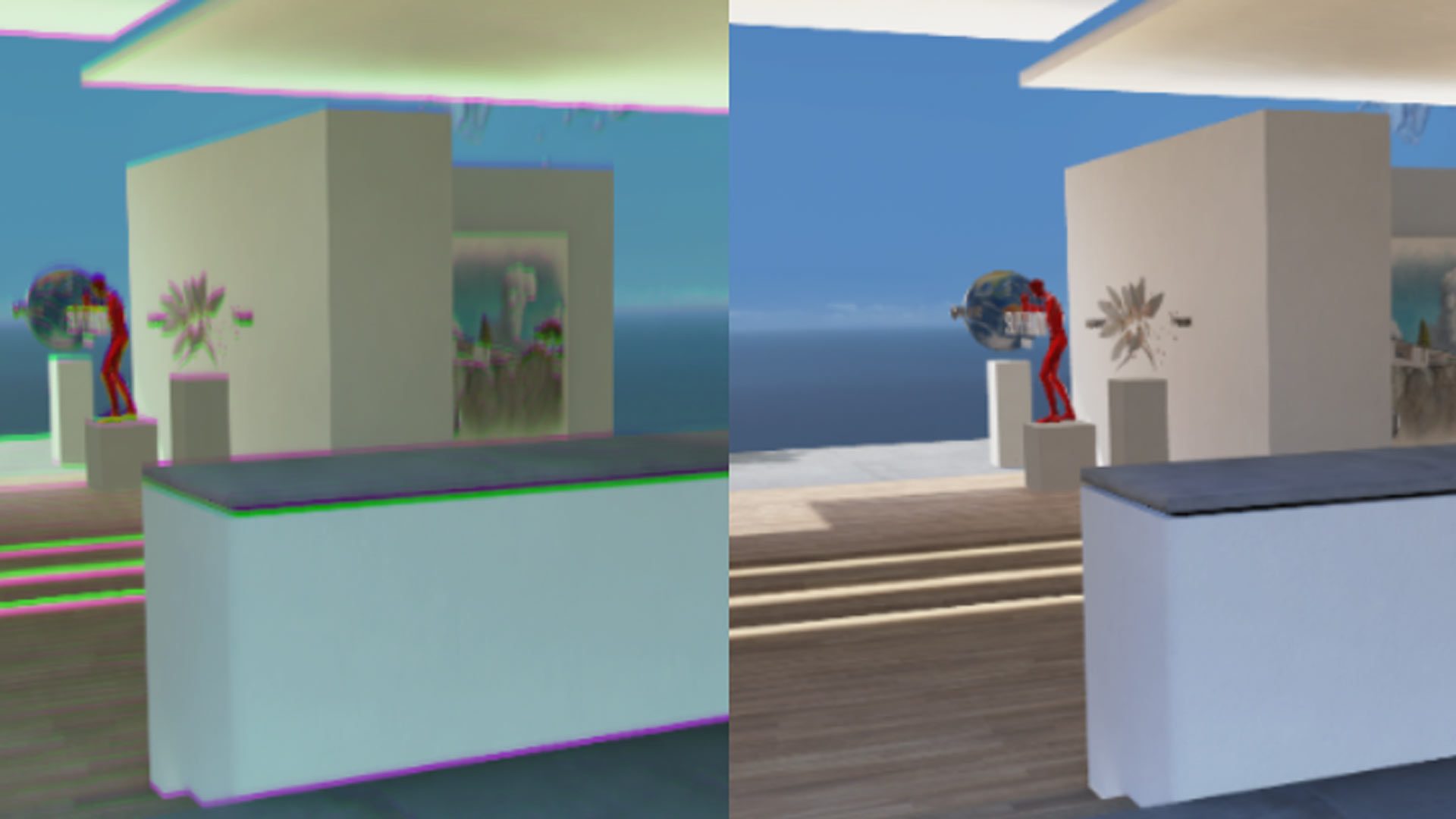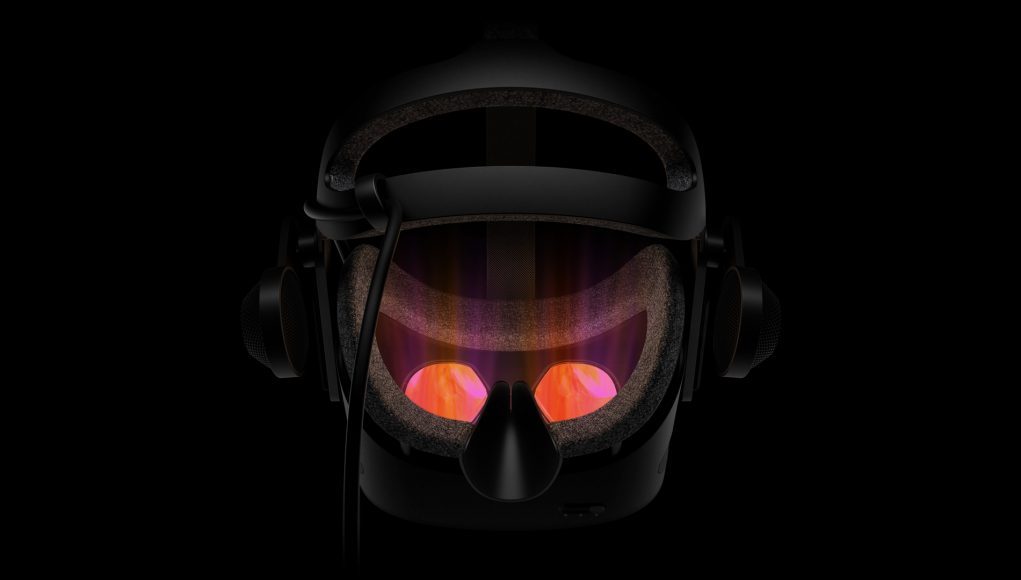Valve, HP and Microsoft teamed up to create the new HP Reverb G2, and before it hits doorsteps this month there’s already a few software improvements to visual quality waiting for you in the latest version of Windows 10, which also affects some other Windows Mixed Reality VR headsets too.
Alex Vlachos, formerly of Valve and now working as a partner architect at Microsoft WMR, gave us a brief look at some of the visual improvements now live in the latest version of Windows 10.
The update features some notable tweaks including corrections to chromatic aberration and light leak, which, in addition to HP Reverb G2, also affect Samsung Odyssey+ and the original HP Reverb G1.
“For the Samsung Odyssey+, we were able to improve chromatic aberration artifacts at the periphery,” Vlachos explains in a blog post. “For the Reverb G1, we were able to improve chromatic aberration artifacts, reduce radial distortion, apply light leak correction, and improve rendering performance by about 8% in most applications from an updated and optimized hidden area mesh.”
And what does that mean exactly? Well, here’s a quick explanation about some of the visual software tweaks included in new Windows 10 update.
WMR Visual Quality Update
Correcting for visual artifacts isn’t simple work. Most modern VR headsets use Fresnel Lenses, a compact lens design created to have a larger aperture (also called ‘eye box’) and a shorter focal length than a standard, ‘smooth’ convex lens. Those circular ridges in your VR headset’s lenses are actually the edges of multiple refraction points which guide light to your eye. Fresnels are smaller and lighter, but introduce more artifacts into the mix that have to be accounted for ahead of time to get you the clearest picture.

In the HP Reverb G2, those newly designed lenses (created by Valve) are supposed to drastically reduce God Rays, an artifact of Fresnel lenses that causes light to appear to stretch from the center of the lenses outward, creating an aura-like glow most prevalent in high contrast scenes.
Chromatic Aberration is another big offender too when it comes to visual clarity and accurate color reproduction. It’s an artifact caused by red, green, and blue light refracting through lenses differently, often causing a fraying of red and blue light most visible on a VR display’s periphery.

With the new software correction, Microsoft has applied its improved algorithms to better pre-distort the rendered image for a clearer, more color-accurate picture, guiding the light from those pixels more precisely where they need to be.
Another issue, which specifically affects LCD panels like the ones in the HP Reverb G2 and G1, is Light Leak—not the light leaking in through your headset’s nose hole, but rather the light leaking from display panels without perfect filters to match the chromatic range of red, green, and blue light. On LCD displays, a green pixel can leak a little red, which when viewed through a lens can appear as ghosting or even a magenta color fringe.

To reduce Light Leak, Vlachos says Microsoft has developed correction algorithms reducing both color fringing and the overall color tinting, which he says works “in most situations where there is enough light in neighboring pixels to compensate for the artifacts.”
– – — – –
Thankfully there are some very capable brains at Microsoft, Valve, and HP helping to address these common ‘VR pain points’ and make them more of a thing of the past—or at least a thing that only the most pedantic of the VR nerds will need to talk about when it comes to new VR headsets.
If you’re looking to see what all the fuss is about with the PC VR ecosystem’s latest headset, check out our two-part preview on the HP Reverb G2 [part 1 – part 2] detailing all of the headset’s improvements.
We also have our patented deep dive review coming soon, so stay tuned.







